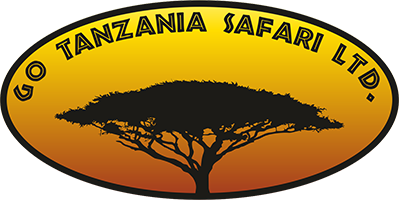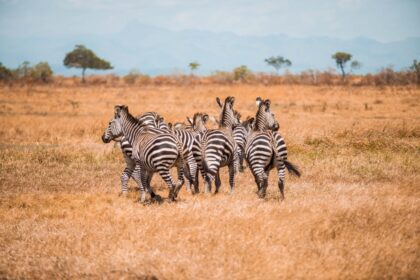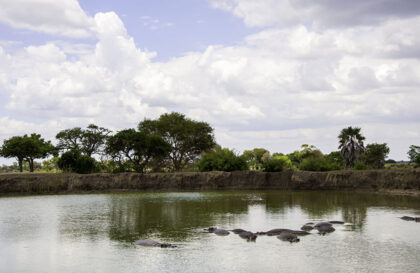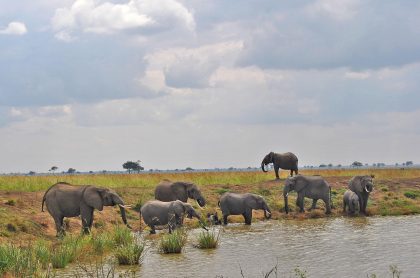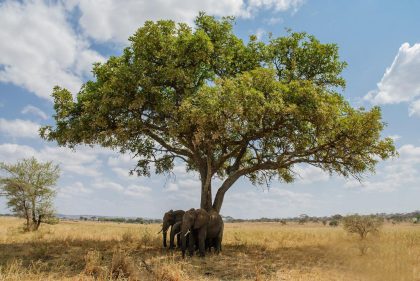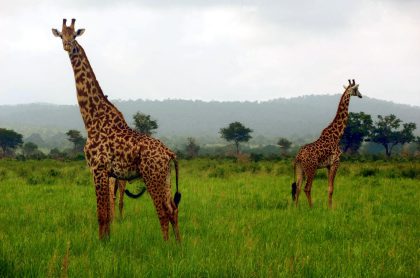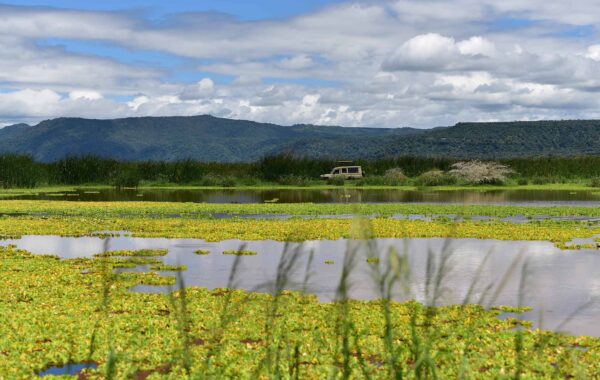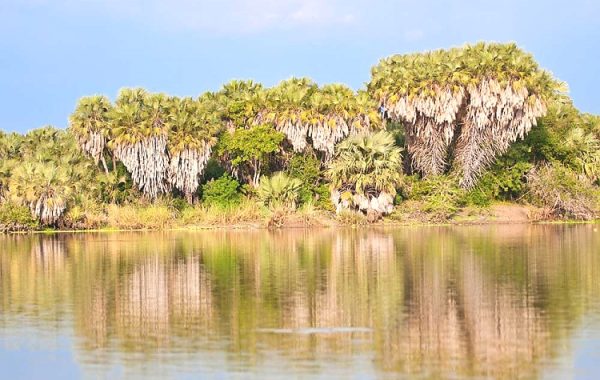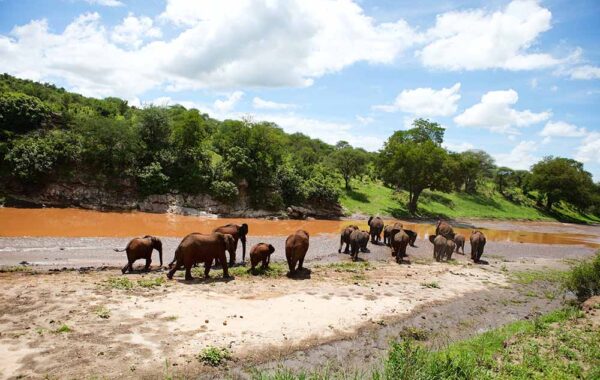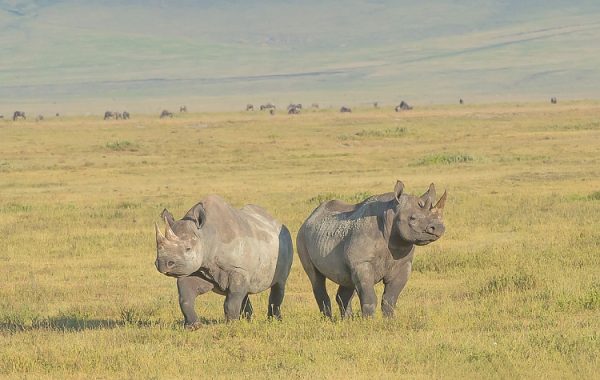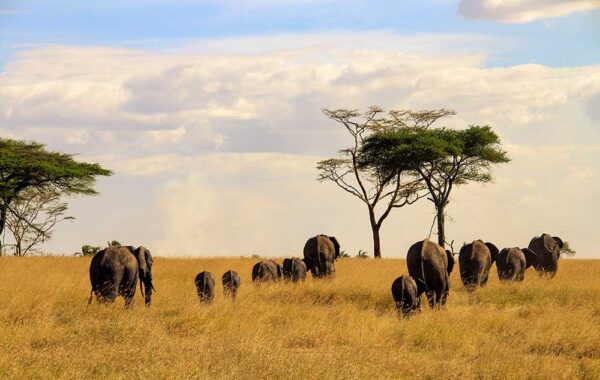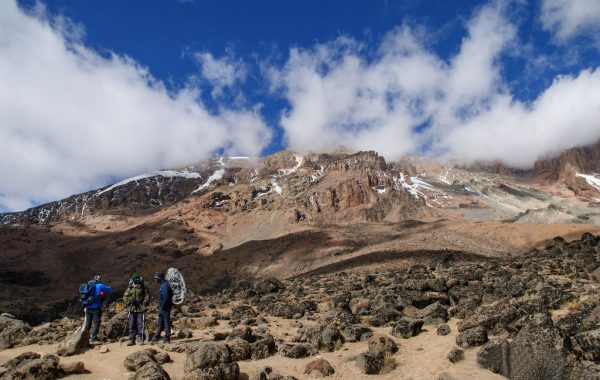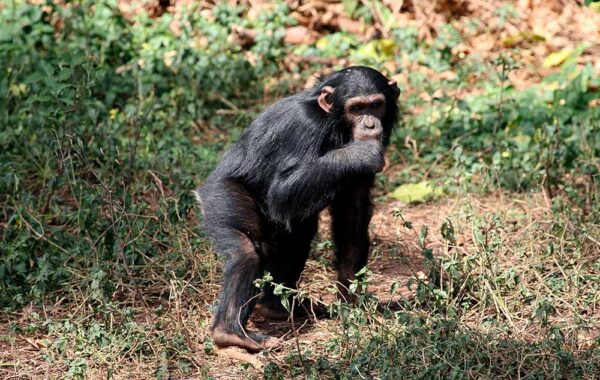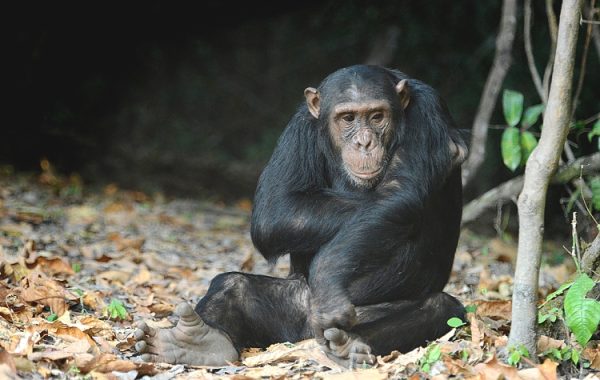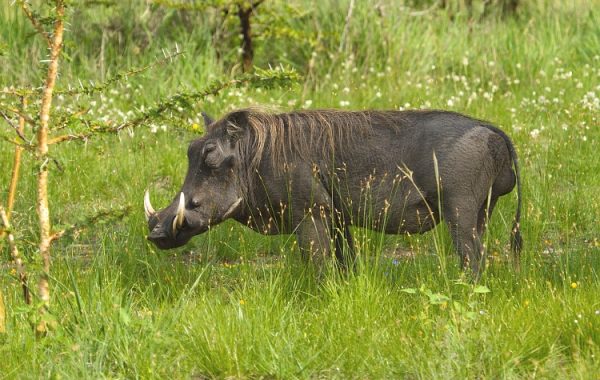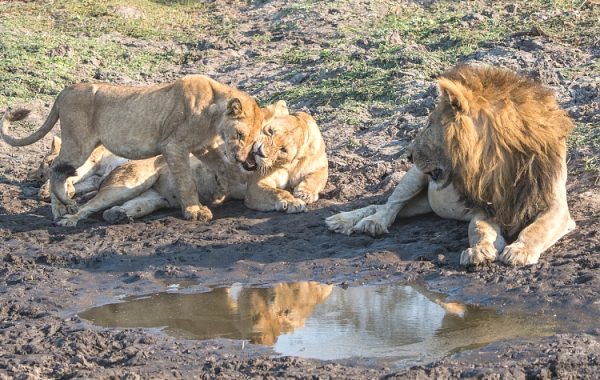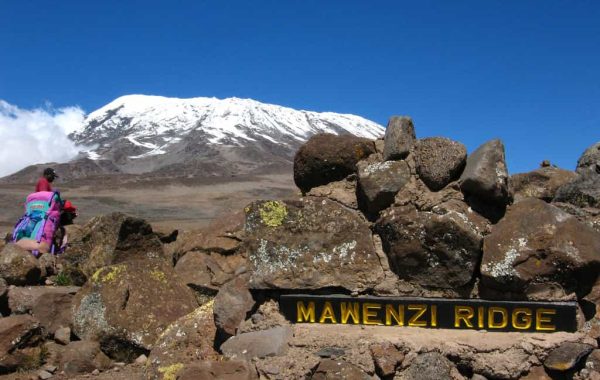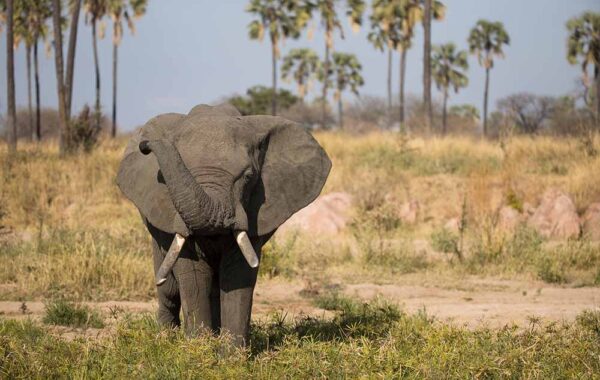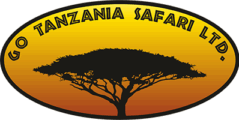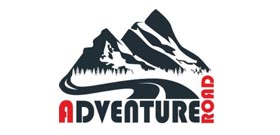Mikumi National Park
The park lies has low mountains and hills on three sides. The southern section of the park differs markedly from the northern flood plains. The animals also differ they are unused to people and vehicles and tend to run and hide before approaching safari enthusiasts have a chance to spot them. This park suffered in the 1980’s from heavy poaching and the animals have learnt to distrust humans; although slowly the animals are becoming habituated once again.
The main road from Dar es Salaam to Iringa bisects the northern area of this park; an area known as the Mkata Flood Plain. Animals tend to use the highway as game trail and this often makes for unusual photo opportunities. The flood plain is known for the very fine black cotton soil, which means when the rains come the soil is transformed into a sticky, clogging mud and the area becomes inaccessible to vehicles. The rains transform the plains into a lush green meadow. This area of the park has herds of Elephant and lions, giraffes, wildebeest, zebra, warthog, eland, buffalo and impala. There is a tented lodge in this section of the park along with a youth hostel and a number of campsites.
There is a natural road stretching from the Vuma hills it passes through ravine and forested country and crosses over the boundary into the northern section of the Selous. These ridges have been used for centuries by Elephants that have decided to avoid the rivers and keep their feet dry.
This park is becoming increasing popular, especially as a weekend break from the nearby Dar es Salaam. This park makes for a perfect start to you safari in the southern parks of Tanzania. It also has amazing light in this park which makes for spectacular photographs.
More than 400 bird species have been recorded, with such colourful common residents as the lilac-breasted roller, yellow-throated longclaw and bateleur eagle joined by a host of European migrants during the rainy season. Hippos are the star attraction of the pair of pools situated 5km north of the main entrance gate, supported by an ever-changing cast of waterbirds.
Summary:
-
Location: Southeastern Tanzania, near the city of Morogoro, and part of the larger Selous ecosystem.
-
Established: 1964.
-
Size: Approximately 3,230 square kilometers — Tanzania’s fourth-largest national park.
-
Accessibility: Easily accessible by road from Dar es Salaam (about 4–5 hours), making it a popular short safari destination.
-
Wildlife: Home to elephants, lions, buffaloes, zebras, giraffes, wildebeests, hippos, crocodiles, and over 400 bird species.
-
Scenery: Features open grasslands similar to the Serengeti, wooded hills, and the Uluguru Mountains in the background.
-
Key Areas: The Mkata Floodplain is a prime game-viewing area, often referred to as a “mini-Serengeti.”
-
Activities: Game drives, birdwatching, and photography — day trips are possible due to its proximity to urban centers.
-
Climate: Tropical climate with distinct wet (Nov–May) and dry (June–Oct) seasons.
-
Best Time to Visit: Dry season (June to October) for easier wildlife viewing.
How to get there
A good surfaced road connects Mikumi to Dar es Salaam via Morogoro, a roughly 4 hour drive. Also road connections to Udzungwa, Ruaha and (dry season only) Selous.
Charter flight from Dar es Salaam, Arusha or Selous. Local buses run from Dar to park HQ where game drives can be arranged.
